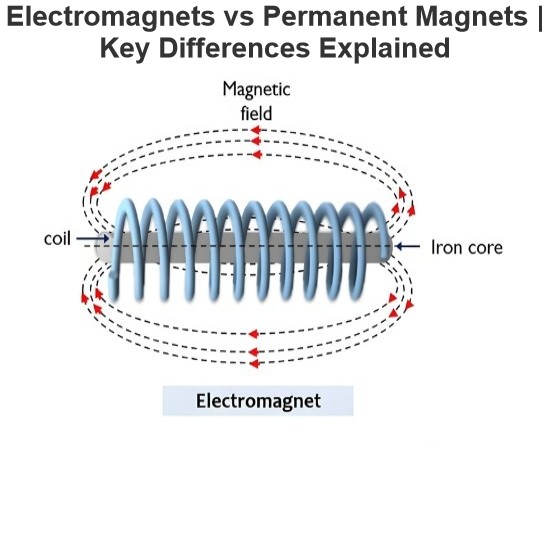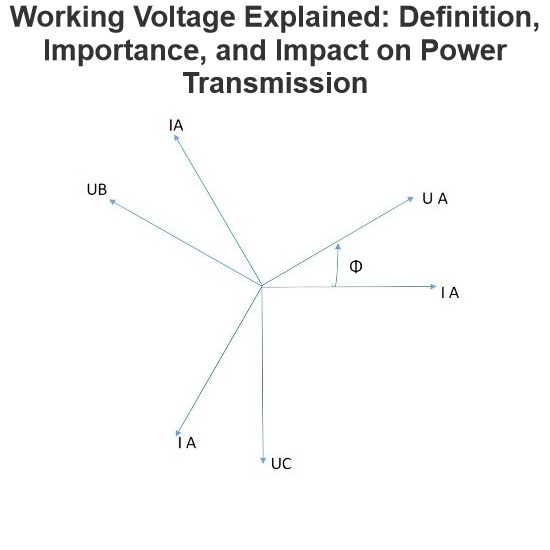Ang phase, neutral, ug earth mao ang tulo ka koneksyon nga gigamit sa usa ka electrical system. Aron ang electrical energy makapadayon sa maayo nga pagpuyo sa load, importante ang bawg konseksyon sa wire.
Sa simple nga termino,
Gigamit ang phase wire aron magdala sa primary load current para sa load
Gigamit ang neutral wire aron magdala sa kaunti o wala usab nga return current balik sa source, ug
Gigamit ang earthing wire aron magdala sa leakage current sa ground.
Partikular, adunay typical nga problema sa neutral wire nga kung dili matubag, mahimong madali mapuslan ang electrical circuit. Ang problema mao ang floating neutral.
Ania ang Floating Neutral?
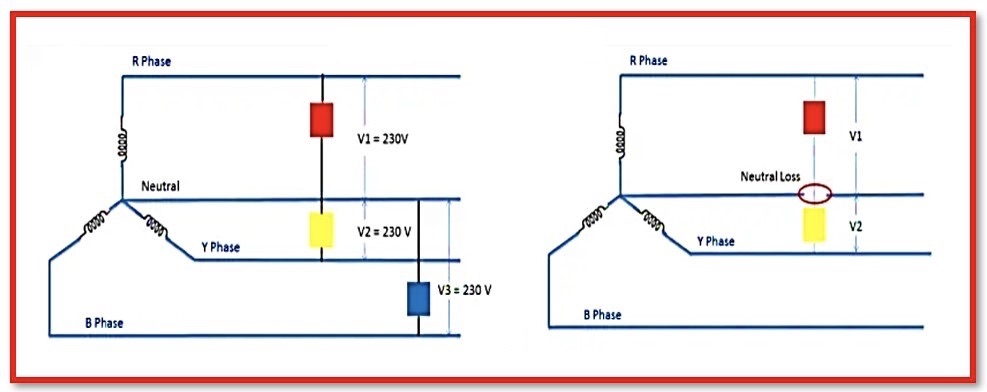
Floating Neutral
Ang phase voltage dili mobati og constant sa bawg phase kung ang unbalanced load’s star point wala mogama sa power source’s star point (generator o distribution transformer), apan mobati gyud.
Gitawag kini og floating neutral tungod kay ang potential sa star point (o) neutral point nga isolated nagbabago kasagaran ug dili fixed.
Ang neutral wire sa usa ka circuit naka-detached sa ground sa kondisyon nga gitawag og floating neutral. Ang neutral wire sa AC system siempre grounded sa earth. Apan,
mahimo mobati og floating neutral sa power system.
Ania ang Neutral & asaon it grounded?
Ang phase difference sa three-phase alternating current system mao ang 120° para sa tanang phase. Gihatagan og central o common point ang Delta-Star Transformer diin gikuhit ang identical potential difference sa phase angle shift nga 120° para sa tanang R, Y, ug B Phase windings.
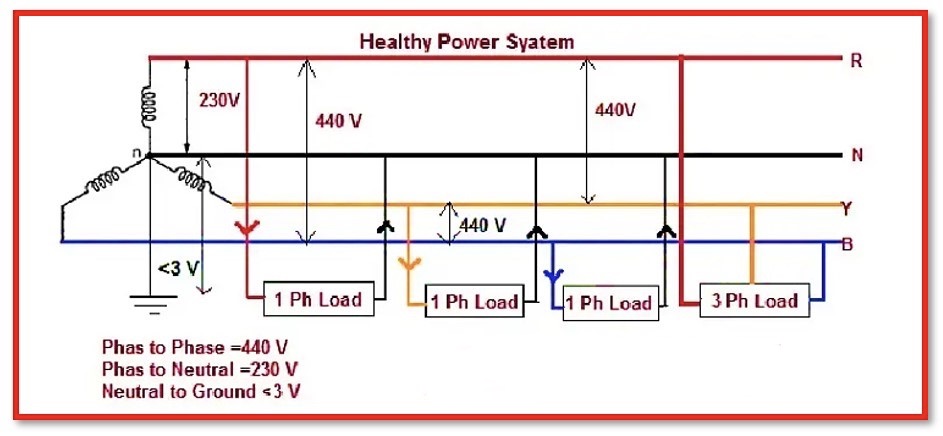
Ang neutral point voltage mao ang 0 sa balanced condition. Kung ang phase angle sa bisan unsa nga phase mobati tungod sa unbalance load o fault condition, gibana og unbalance voltage (o) current sa neutral wire.
Ang neutral wire sa bawg start winding transformer naka-grounded ngadto sa ground aron protektahan ang system. Kung adunay unbalance o phase to ground sa load end, ang unbalance (o) fault current mopuyo sa neutral wire pinaagi sa close-loop gamit ang ground.
Ang protection relay nagpabilin sa pag-function sa pag-recognize sa neutral current ug isolation sa load.
Mga Epekto sa Floating Neutral
Ang floating neutral ekstremong maluoy sa alternating current(AC) system. Mahimo mapansin sa mga user ang sumala nga disturbances:
Unbalanced voltage mahimo mobati sa neutral point, naaffect ang stability sa system ug linked equipment.
Tungod sa floating ground unbalance (o) faulty current, ang relay dili mahimo mogama, ug ang associated protection system dili mobilin.
Mga Factor nga Nagpakita sa Neutral Floating
Adunay daghang mga elemento nga gipangutana isip root causes sa neutral floating. Ang epekto sa floating neutral depende sa panahon nga broken ang neutral.
1) Three-phase distribution transformer
Ang majority sa mga failure sa transformer neutral gikan sa faulty neutral bushing.
Natukod na ang primary reason sa breakdown sa neutral conductor sa transformer bushing mao ang application sa line tap. Ang vibration ug temperature differences nagpasabot sa nut sa line tap mobati ug nakakita sa hot connection. Ang conductor magsugod mobati, naka-break off ang neutral.
Isa sa mga cause sa neutral failure mao ang inadequate installation ug technical personnel work.
Depende sa balance sa system’s load, ang damaged neutral sa three-phase transformer mahimo mobati sa voltage hangtod sa line voltage. Ang floating neutral mao ang makapinsala sa customer equipment nga gilink sa supply.
Normal nga ang current mopuyo gikan sa Phase sa Load hangtod sa Load balik sa source (distribution transformer). Ang line to line voltage sa mga loads gikuhit kung ang neutral broken tungod sa current gikan sa red phase mobati sa blue o yellow phase.
Depende sa customer, mahimo mopuyo low voltage o overvoltage.
2) Broken neutral conductor sa LV line
Ang resulta sa broken overhead The LV overhead distribution neutral conductor sama sa broken sa transformer.
Bisan wala gamiton ang phase voltage, ang supply voltage mobati hangtod sa line voltage. Depende sa problem condition, ang linked customer equipment mahimo mapinsala.
3) Service Neutral Conductor broken
Ang damaged service conductor’s neutral mahimo mobati sa reduction sa supply sa consumer’s point. Wala pa mapinsala ang customer’s equipment.
4) A Distribution Transformer with High Neutral Earthing Resistance
Low resistance path sa neutral current aron mobati sa earth gihatagan sa good earthing resistance sa neutral pit. High earthing resistance mahimo mogama sa path sa high resistance sa neutral grounding sa distribution transformer.
Limiting earth resistance Low enough aron mogama sa sufficient fault current sa immediate utilization sa protective devices ug prevention sa neutral shifting.
5) Overloading and Unbalanced Loads
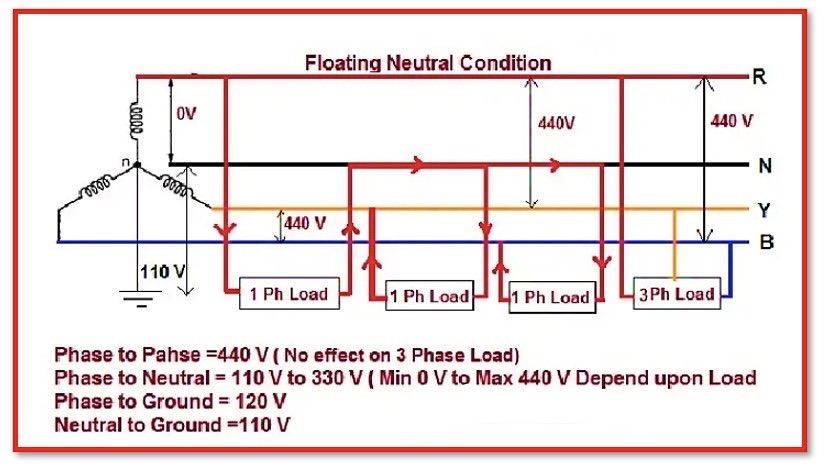
Isa sa pinakasumala nga cause sa neutral failure mao ang overloading combined sa unbalanced load distribution.
Ang neutral dapat suitable established aron mogama ang least amount of current sa neutral conductor. Ang cancellation gikan sa phase current’s 120° phase shift dapat theoretically result sa zero current flow sa neutral.
IR<0 + IY + 120 + IB – 120 = IN
Daghan nga current mopuyo sa neutral sa overloaded, unbalanced network, broken neutral sa weakest point.
6). Shared Neutrals
Ang usa ka neutral gisharing sa duha (o) tatlo nga phases sa ilang mga buildings’ wiring. Ang original plan mao ang mimicking sa four wire (three phases & a neutral) wiring sa panel boards sa branch circuit level.Only the imbalanced current theoretically should return to the neutral. As a result, one neutral can complete the work for all three phases. With the rise of single-phase non-linear loads, this wiring workaround rapidly came to an end. The zero-sequence current is the issue.
Statistically adding up from nonlinear loads, especially third harmonic, will return on the neutral. The additional neutral current raises the voltage from the neutral to ground, which could be dangerous since it could cause an undersized neutral to overheat. The line to neutral voltage that is made available to the load is reduced by this neutral to ground voltage.
7). Poor maintenance and workmanship
The maintenance staff typically pays minimal attention to the LV network. Neutral continuity will be impacted by the looseness or insufficient tightness of the neutral conductor, which could result in floating neutral.
How can a Floating Neutral be tested?
Ang neutral siempre grounded, normal conditions, ang voltage sa neutral point sa reference sa ground dapat siempre zero. Kung ang condition sa floating neutral mobati, dapat adunay voltage imbalance sa neutral point sa reference sa ground. Possible ang test sa system pinaagi sa measurement sa voltage sa pagitan sa neutral & ground.
How to fix Floating Neutral?
1). Use a 4-pole breaker, an ELCB, or an RCBO in the distribution panel
Ang floating neutral hazardous.
Consider having a breaker panel with the 3 Pole Breaker for 3 Phase &bus bars for neutral for 3 phase inputs and a neutral. Phase-to-phase voltage is 440V, and neutral-phase voltage is 230V. When feed 230V loads using single breakers. 230V loads have the one line fed by the breaker & a neutral.
And when the neutral gets loose, corroded, or disconnected in panel. However, 230V loads may be in trouble. This floating neutral condition will cause one line to go from 230V to 340V or 350V and the other to go down to 110V or 120V.
Overvoltage will damage half of the 230V equipment, while low voltage will damage the other half. Thus, avoid floating neutrals. In a 3ph supply system, ELCB, RCBO, (or) 4 pole circuit breakers will trip the entire supply if neutral opens.
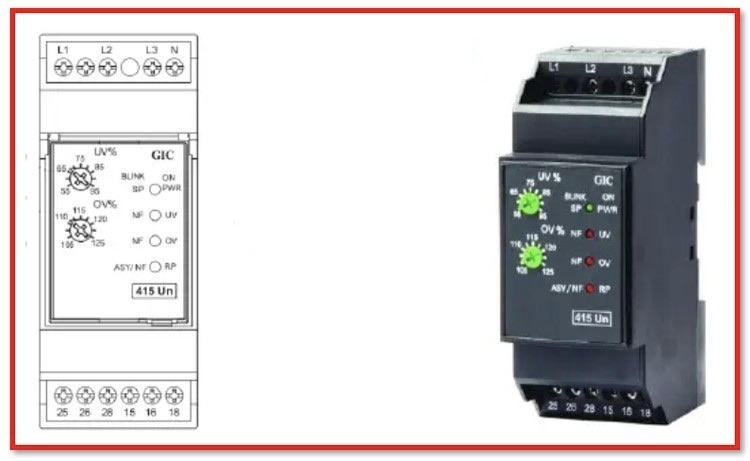
2). Voltage Stabilizer
Due to floating neutral, three-phase loads will connect between phases when neutral fails. Depending on the load resistance between these phases, the voltage ranges from 230V to 400V. Protect equipment with a servo stabilizer with a wide input voltage range and high/low cutoff.
3). Standard workmanship and Maintenance
Maintaining the LV network should be given more priority. Apply sufficient torque to tighten the neutral conductor in the LV system.
Conclusion
A Floating Neutral fault condition is extremely hazardous because if an appliance isn’t operating, someone who is unaware of the neutral floating may easily touch the neutral wire to figure out why the appliance isn’t working when it’s plugged into the circuit and receive an electric shock. Single-phase appliances are made to operate at their usual Phase Voltage; if they are exposed to Line Voltage, they may become damaged.
Floating neutral fault is an extremely hazardous problem that needs to be fixed as soon as is practical by identifying electrical wires to check & then connect properly.
Statement: Respect the original, good articles worth sharing, if there is infringement please contact delete.















